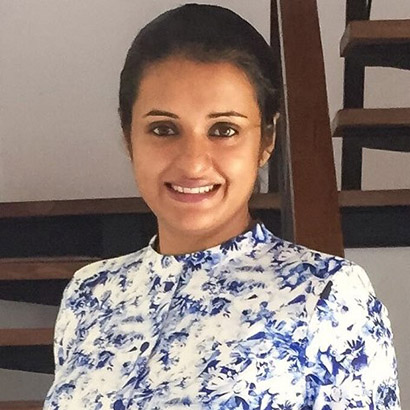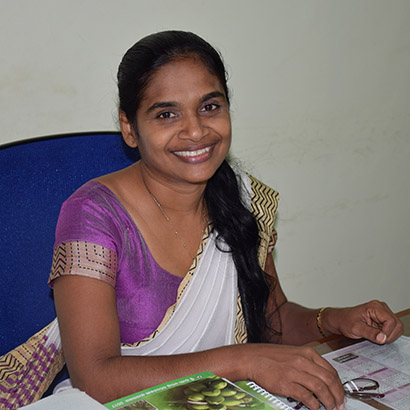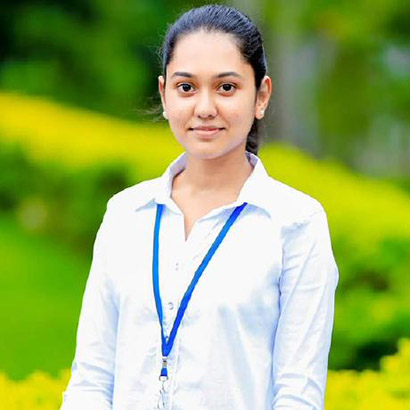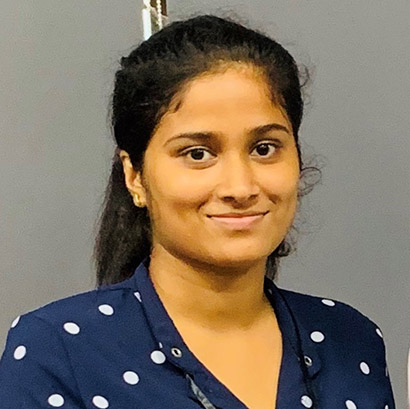Project Scope
Literature Survey


Figure 1. Annual coconut production 2011 - 2021 [1]
Agriculture and related industries employed more than a quarter of the Sri Lankan workforce by the year 2019 [1]. However, due to frequent changes in climatic conditions, disease spread has increased resulting in severe crop losses in Sri Lankan cultivation [1]. Disease and pest identification and assessment techniques based on learning features automatically to collect valuable information will be sustainable in the future [2]. According to Sladojevic et. al. neural networks can extract patterns and identify trends that are too complex for humans or computer systems to notice [3]. This has been proved by a study that proposed a Convolutional Neural Network (CNN) based model responsible for detecting leaves and distinguishing between healthy and diseased leaves of 13 diseases with an overall accuracy of 96.3% [3].
The author, Chandy [2] proposed a system for identifying coconut disease and pest infestations using deep learning techniques, in which symptoms are identified by using a drone that will fly through the coconut lands to capture images. It will identify the pest infestation by processing the images using deep learning and image processing. Finally, the result is sent to the user’s mobile phone using WIFI [2].
References
- R. Miriyagalla, Y. Samarawickrama, D. Rathnaweera, L. Liyanage, D. Kasthurirathna, D. Nawinna, and J. L. Wijekoon, “On the effectiveness of using machine learning and Gaussian Plume model for plant disease dispersion prediction and simulation,” International Conference on Advancements in Computing, ICAC 2019,.
- A. Chandy, “Pest infestation identification in coconut trees using deep learning,” Journal of Artificial Intelligence and Capsule Networks, vol. 01, no. 01, pp. 10–18, 2019.
- S. Sladojevic, M. Arsenovic, A. Anderla, D. Culibrk, and D. Stefanovic, “Deep Neural Networks based recognition of plant diseases by Leaf Image Classification,” Computational Intelligence and Neuroscience, vol. 2016, pp. 1–11, 2016.
Research Gap
Following areas are the research gaps found in most of the recent researches.
Identification & classification
There are no records of a smart solution for coconut pest and disease identification and classification in Sri Lanka. Symptoms of coconut disorders show similar characteristic appearance and therefore it is a challenge to provide a solution.
Severity assessment
Smart solution for identification of some coconut pest and diseases is reported in India but assessment on severity of disease conditon and progression level of pest damage is not attempted.
Information sharing
Real time communication system to speed up information sharing between coconut growers, extension personals and researchers has been identified as priority need for effective pest and disease control.
Research Problem & Solution
Proposed Problem
How to classify pest and diseases in coconut and provide surveillance to people in real time?
Weligama Coconut Leaf Wilt Disease (WCLWD) and Coconut Caterpillar Infestation (CCI) are the most threatening disease and pest of coconut in Sri Lanka. Due to WCLWD about 300,000 palms were removed and an estimated 60,000 palms needed to be identified for removal. An economical yield loss will result if more than 30% defoliation is caused due to CCI. For efficient management of WCLWD and CCI, identification at an early stage and effective communication of growers and professionals is needed.
Product Demonstration - Solution
Proposed Solution
Coco Remedy uses mobile and web-based software to manage Weligama Coconut Leaf Wilt Disease (WCLWD) and Coconut Caterpillar Infestation (CCI), which devastate coconut cultivation. In WCLWD, yellowing of leaves which also associates with Magnesium deficiency makes it difficult to distinguish the diseased palms accurately. Similarly, the dried appearance of leaves due to CCI is difficult to distinguish from leaf scorching. Therefore, Deep Learning techniques like Convolutional Neural Networks (CNN) for feature extraction will be used to identify the diseases accurately. Coconut growers, Estate managers of plantation companies, Researches of Coconut Research Institute (CRISL), Coconut Development Officers (CDOs) of Coconut Cultivation Board (CCB), and the general public will be able to identify diseased palm accurately by capturing a photograph of leaf with symptoms. The location will be extracted by Geo Tags in order to gather anonymous data using OpenWeatherMapAPI for future predictions. The severity of WCLWD is calculated based on the multiple symptoms using CNN. Since caterpillars’ associates with the damaged leaves in CCI, counts of caterpillars are taken using OpenCV / YOLO object detection while the infected area is calculated using MASK R-CNN. Using the above-mentioned parameters progression level is determined. Real-time notifications are sent whenever an infected tree is found. Details of the infected trees, location and severity records enable the researches and CDOs to take remedial actions. Infected areas and danger zones which might be affected in the future can visualized through Google mapping technologies. Nearby users are notified to take precautions before their lands get affected.
Research Objectives
Classification of Weligama Coconut Leaf Wilt Disease
The first objective is to classify Weligama Coconut Leaf Wilt Disease (WCLWD) to provide a solution for distinguishing WCLWD uneven yellowing from other diseases. In addition, the symptom severity of WCLWD was determined using a Convolutional Neural Network to identify the disease's symptom severity level to inform the Coconut Research Institute of Sri Lanka (CRISL) to proceed with the necessary precautions to reduce the dispersion rate.
Classification of Coconut Caterpillar Infestation
The second objective of this study is to develop a solution to identify the coconut caterpillar infestation (CCI) while differentiating its symptoms from other conditions. The severity of the infestation will also be determined at the same time, and appropriate authorities will be notified in order to expedite the application of control measures to prevent possible outbreak of the pest.
Differentiating Magnesium Deficiency, Coconut Leaf Scorching, and Identify Water Resources
The third objective is identifying the pattern of yellowing associated with Mg deficiency, identifying LSD on coconut leaves, and check whether there is a water resource within 100m from the farmers' to facilitate constant monitoring to prevent caterpillar outbreaks.
Crowdsourcing for information sharing
The fourth objective is to provide a convenient approach to the farmers and industry professionals to utilize the optimal use of the platform by visualizing the disease dispersions and notifying the stakeholders regarding the dispersions with their severity levels.
Methodology

Figure 2. High Level Architecture of the system.
The proposed pest and disease Surveillance system consists of 4 main components. They are;
- WCLWD and its symptom severity identification
- CCI Identification and progression level determination
- Deficiency Identification (Mg deficiency and Leaf Scorch Decline)
- Water resource identification
- Crowdsourcing for information sharing.
Fig 4 illustrates the overall system diagram of the proposed solution which was intended to provide a smart approach for stakeholders, researchers, and Coconut Development Officers (CDOs) to detect the coconut diseases and pest infestations that may affect the coconut industry. As shown in the diagram, the registered users of the system can capture or upload the images which are suspicious. The images are sent to the Amazon Web Services (AWS) backend server where the flask server is deployed. These images are processed in the flask server by the designed DCNN models for disease identification. If WCLWD is found, the symptom severity will be determined using CNN models. Simultaneously, if CCI is identified, the images will go through the Mask-R-CNN model to determine the progression level while the number of caterpillars are extracted using the YOLOv5 object detection algorithm. Images will be classified using the CNN models of Mg deficiency and LSD at the same time.
Once the system identifies that the leaves are infected, then the response will be captured by the crowdsourcing platform. The Google Map will be updated with the real time locations (latitude and longitude) of the infected palms. In Addition, the system will automatically send notifications to the farmers and other stakeholders who are at the risk of infection.
Technologies Used

Python

React

Tensorflow

Keras
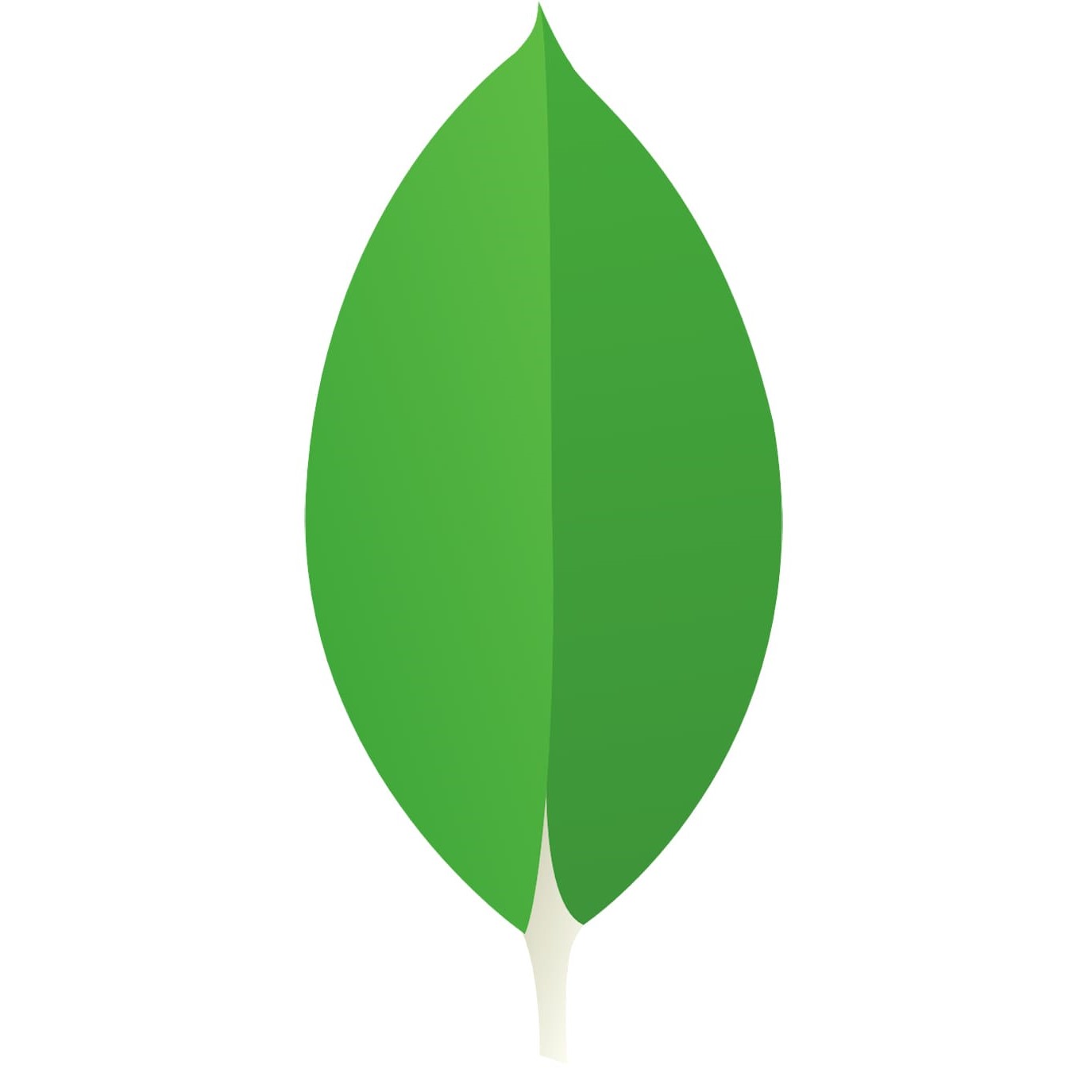
MongoDB

Firebase

Google Cloud

Kafka
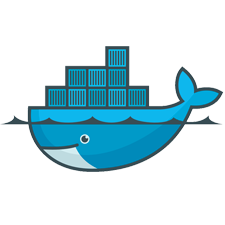
Doker

Google Colab

Google map API

Jwt
Milestones
Timeline in Brief
-
March 2021
Project Proposal
A Project Proposal is presented to potential sponsors or clients to receive funding or get your project approved.
Marks Allocated : 6
-
June 2021
Progress Presentation I
Progress Presentation I reviews the 50% completetion status of the project. This reveals any gaps or inconsistencies in the design/requirements.
Marks Allocated : 6
-
July 2021
Research Paper
Describes what you contribute to existing knowledge, giving due recognition to all work that you referred in making new knowledge
Marks Allocated : 10
-
September 2021
Progress Presentation II
Progress Presentation II reviews the 90% completetion status demonstration of the project. Along with a Poster presesntation which describes the project as a whole.
Marks Allocated : 18
-
October 2021
Website Assessment
The Website helps to promote our research project and reveals all details related to the project.
Marks Allocated : 2
-
November 2021
Logbook
Status of the project is validated through the Logbook. This also includes, Status documents 1 & 2.
Marks Allocated : 3
-
November 2021
Final Report
Final Report evalutes the completed project done throughout the year. Marks mentioned below includes marks for Individual & group reports and also Final report.
Marks Allocated : 19
-
November 2021
Final Presentation & Viva
Viva is held individually to assess each members contribution to the project.
Marks Allocated : 20
Downloads
Documents
Please find all documents related to this project below.
Topic Assessment
Submitted on 2021/02/25
- GroupDownload
Project Charter
Submitted on 2021/02/25
- GroupDownload
Project Proposal
Submitted on 2021/03/22
- IndividualDownload
Status Documents I
Submitted on 2021/07/05
- IndividualDownload
Status Documents II
Yet to be submitted, link will be updated soon.
- IndividualDownload
Research Paper
Yet to be submitted, link will be updated soon.
- GroupDownload
Poster
Submitted on 2021/10/13
- GroupDownload
Presentations
Please find all presentations related this project below.
About Us
Meet Our Team !
Achievements

We were selected as finalists to represent Sri Lanka Institute of Information Technology at the National Best Quality ICT Awards 2021 and E-Swabhumani 2021. Furthermore, we have been selected as national nominees to represent Sri Lanka in the WSA (World Summit Award) and WSA Youth in 2021.
Contact Us
Get in Touch
Contact Details
For further queries please reach us at researchcoco@gmail.com
Hope this project helped you in some manner. Thank you!
-Team CocoRemedy



